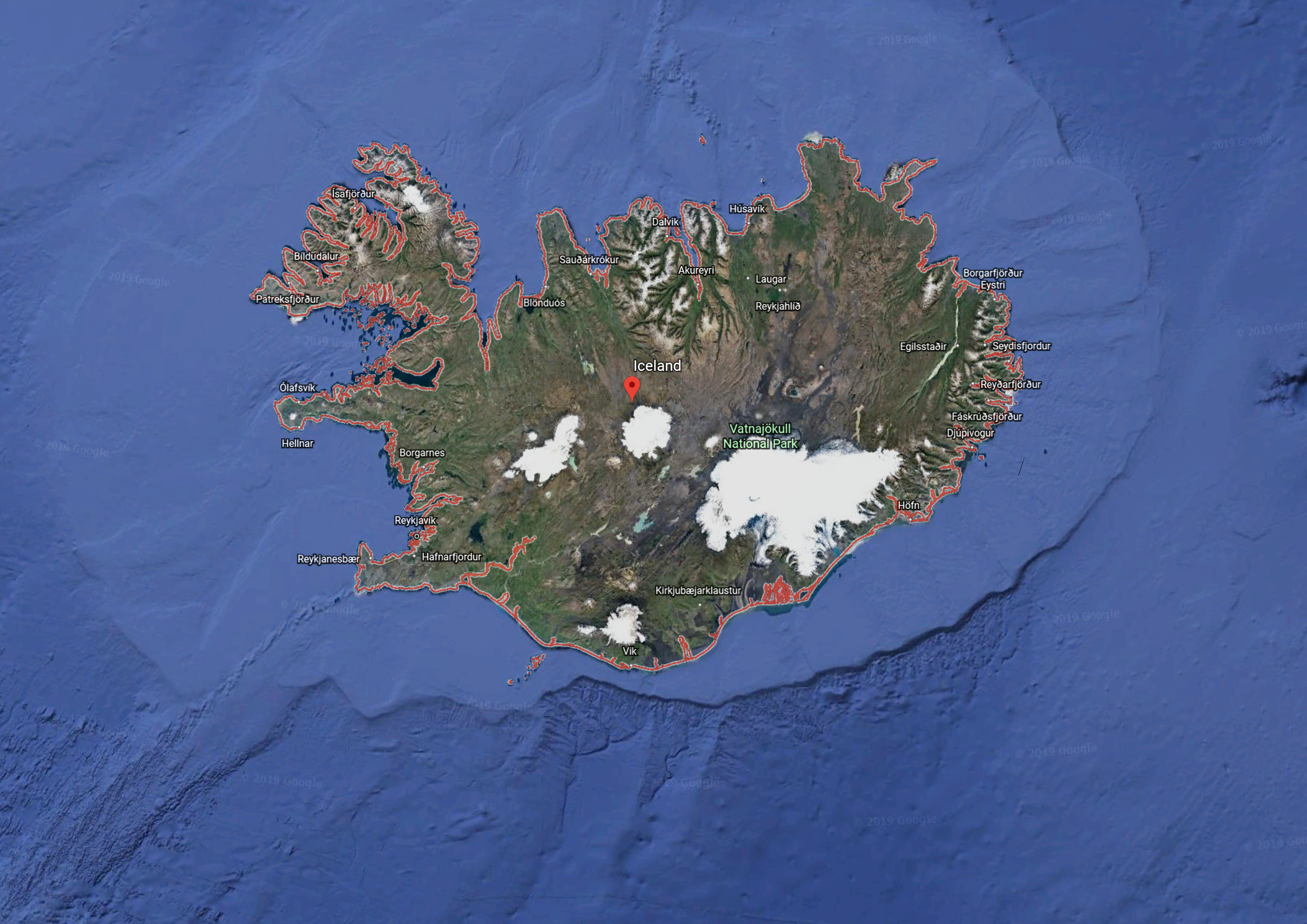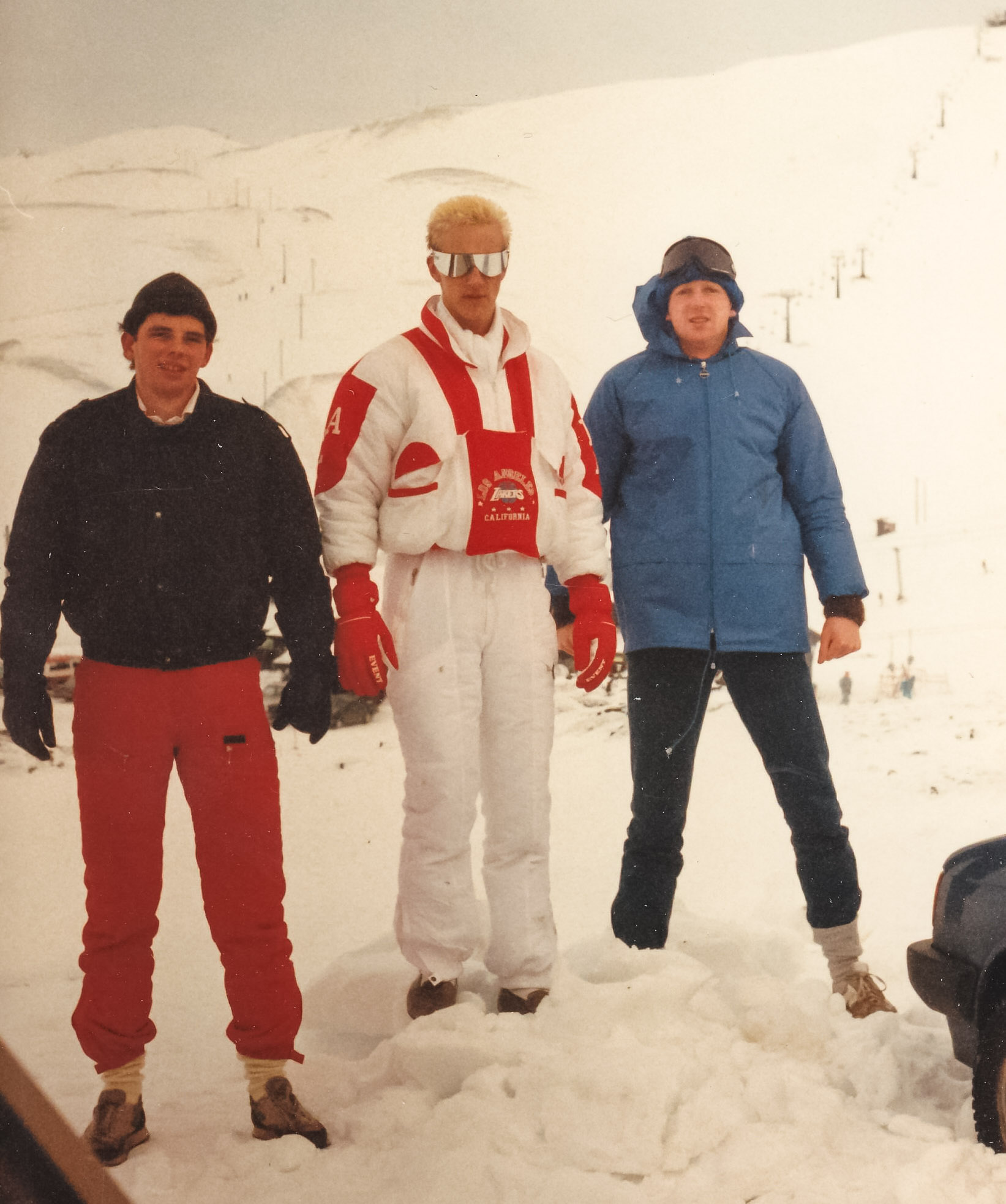Iceland
Iceland - Travel Advice
They call it the land of fire and ice and it is truly spectacular in it’s nature. Iceland is the smallest of the Scandinavian countries, being a glacier-covered, volcanic island located in the North Atlantic, with Reykjavik as it’s capital. Less than 350,000 people live there.

I haven’t been there as long as I would like, but I was there playing in a sporting event one February and at that time it was the first place I had ever been to that was covered in snow. It was the middle of their winter so the place was white as far as you could see and I thought it was beautiful.
Staying in the city during the competition we visited the famous Blue Lagoon thermal pool which again at that time of year was even more spectacular as it’s outdoors and while you bathe in the warm waters, the steam rises into the freezing air and all around you is snow and ice.
The team had taken a few days extra there after the competition to see some of the country before returning home and one of the locals organisers had been kind enough to take us sightseeing.
First on most people’s list is the geyser called Strokkur. During the winter it explodes naturally every few minutes, spewing boiling hot water and steam into the icy air from deep underground. I believe in the summer it doesn’t occur naturally so for the tourists they throw some sort of soap into the pool which then causes an explosion a few minutes later. Whatever time of year you visit Iceland then you should definitely visit here.
She’s gonna blow!
Normally tagged on the same day trip from the capital, most people visit the spectacular waterfall at Gulfoss. Not sure what it’s like these days, but when I was there, there didn’t seem to be any health and safety at all, you could literally walk up to the edge of the waterfall with a huge drop behind you, which made for great photos at the time of course.
Health and Safety – null point
During my time there I also went to the historic town of Thingvellir, the ancient home of their parliament, and I went skiing also in the Blue Mountains. I very much want to go back here again and spend my time in the north of the island to see the volcanoes, the ice-berg covered beaches and more dramatic, moon-like landscapes.

But my travel advice for this country is this. During my time there I asked the locals what time of year to go and they all seemed to say the same thing, which was that you should go in the summer when the fields are green and the days are long. Now, my partner is Nordic and I understand that most people from that part of the world, whilst hardened and totally used to the freezing temperatures of the winter, absolutely look forward every year to the summer. But for me, as a British tourist, I would absolutely want to go in the depths of an Icelandic winter. When I was there Gulfoss waterfall was half frozen over with ice and surrounded by snow. The geyser was exploding with snowy Scandinavian scenery all around and even the city looked like it was from Lord of the Rings. I’m sure it’s lovely in the summer too, but for me I’d go in the winter every time.
Gulfoss in winter To the top of the page